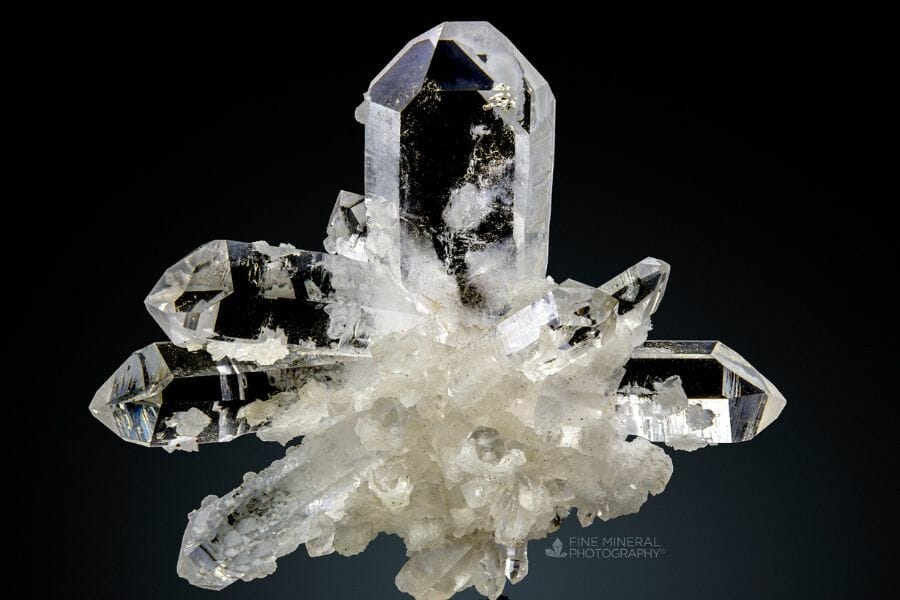Crystals have captivated people for centuries. Their beauty, rarity, and the energy they possess make them a prized possession for many collectors. However, a question that pops up quite often is, how much is a crystal worth?
There are a huge variety of crystals from all over the world and they all have different properties and corresponding values. Without a little expert guidance, it can be very difficult to put a price on them, fortunately, we can help.
Below you will find a general guide to valuing crystals as well as many guides to specific types of crystals to give you a much more specific valuation.
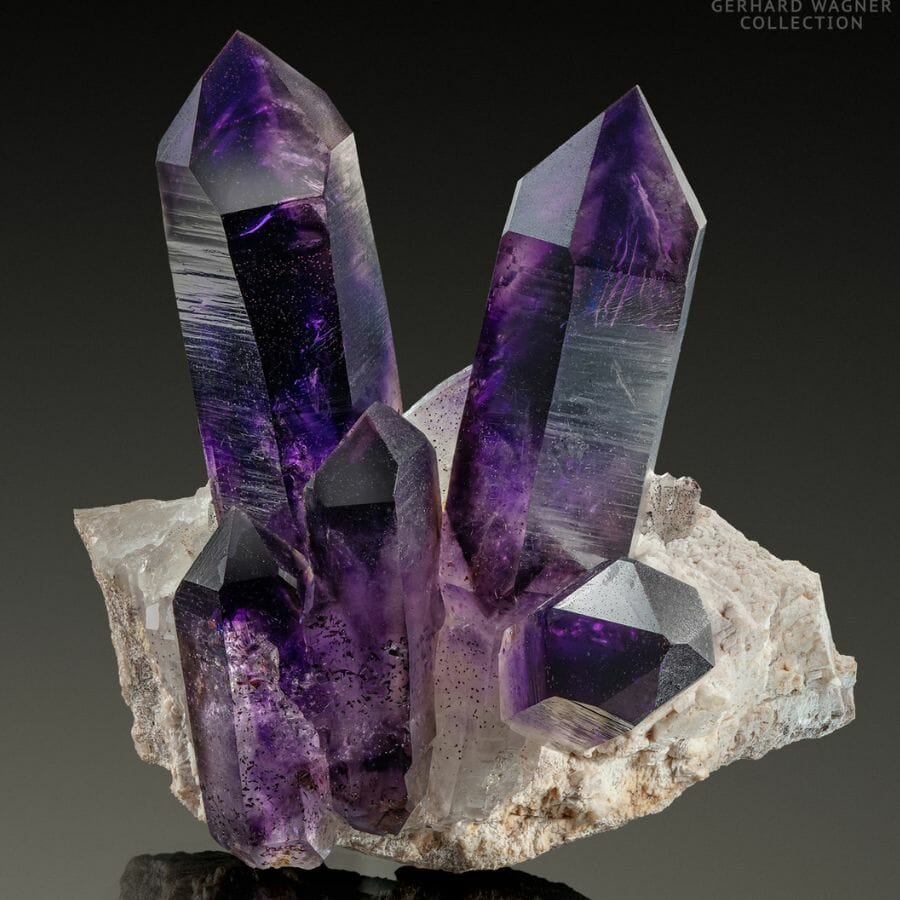
Guides to how much crystals are worth
The Rock Chasing team has spent a lot of time pricing and valuing various crystals. We have put together a number of in-depth guides to the pricing of different crystals that you can see below. Click on the link for the type of crystal you’re interested in and all your questions will be answered.
Since these guides are extensive we haven’t been able to make them for every crystal but you can find guides for the following:
Agate pricing guide
Amethyst pricing guide
Aquamarine pricing guide
Aventurine pricing guide
Bismuth pricing guide
Calcite pricing guide
Carnelia pricing guide
Chalcedony pricing guide
Cinnabar pricing guide
Citrine pricing guide
Coral pricing guide
Diamond pricing guide
Fluorite pricing guide
Garnet pricing guide
Geode pricing guide
Hematite pricing guide
Jade pricing guide
Jasper pricing guide
Kimberlite pricing guide
Kunzite pricing guide
Labrodiate pricing guide
Malachite pricing guide
Marble pricing guide
Moonstone pricing guide
Obsidian pricing guide
Olivine pricing guide
Opal pricing guide
Onyx pricing guide
Pearl pricing guide
Peridot pricing guide
Pyrite pricing guide
Quartz pricing guide
Rhodonite pricing guide
Ruby pricing guide
Sapphire pricing guide
Selenite pricing guide
Turquoise pricing guide
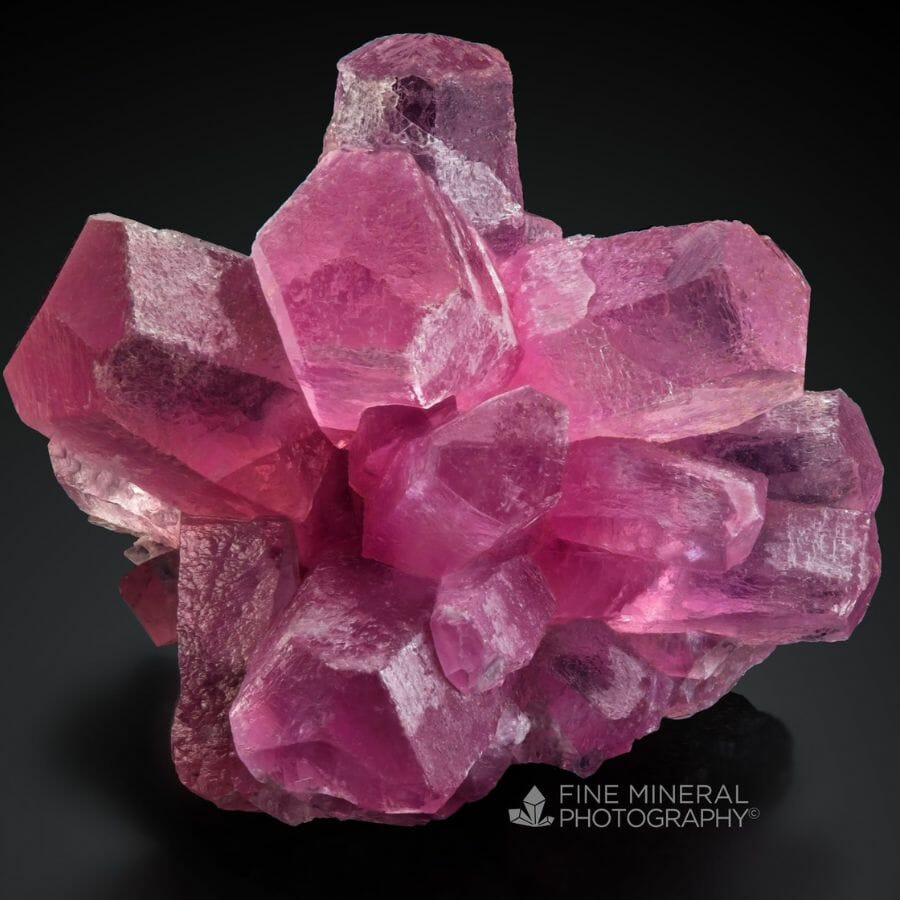
Why crystals are so valued
It’s easy to see why crystals are valued at first glance but there are quite a few different other reasons that you might not be aware of. As we delve into the myriad reasons behind their value, we’ll explore their aesthetic appeal, significance in history and culture, and potential uses in both the jewelry and technological industries.
Crystals are found all over the world and there are probably even some great places near you to find crystals you aren’t even aware of.
These are the primary reasons you should consider when valuing any particular crystal:
How it looks
Crystals possess a unique beauty that stems from their diverse array of colors, shapes, and patterns. Their striking visual qualities are derived from the arrangement of atoms within their crystal lattice, which results in a variety of fascinating and symmetrical structures.
Moreover, some crystals exhibit optical phenomena, such as iridescence or color change, that enhance their visual appeal. These aesthetic properties make crystals highly desirable for use in jewelry, art, and interior design, where they can be showcased as eye-catching centerpieces or accents.
How rare it is
The value of a crystal often depends on its rarity. Some crystals are formed under specific geological conditions, which may be limited to certain locations or time periods. Additionally, the unique combination of elements in certain crystals can contribute to their scarcity.
For example, rare gemstones like tanzanite or alexandrite are found only in a few locations, making them highly sought after. The more difficult it is to mine a crystal or the fewer deposits that exist, the greater its perceived rarity, and thus, its value.
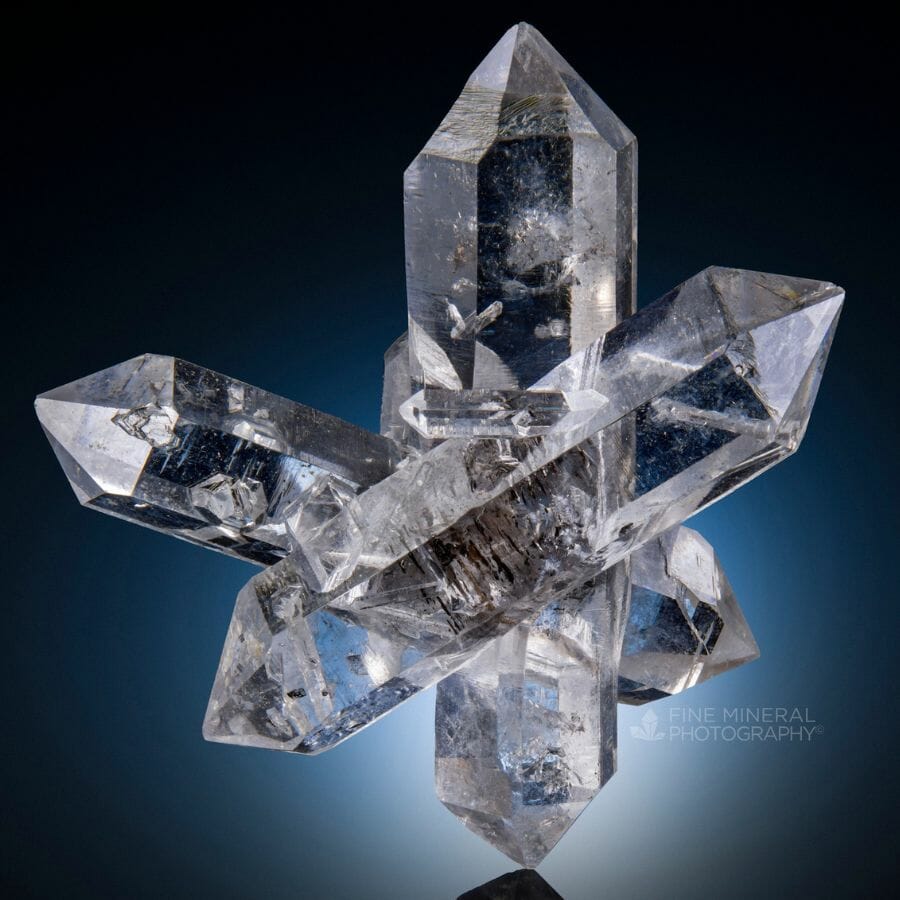
The quality of the gem
When it comes to gemstones, several factors can impact their value, including color, clarity, cut, and carat weight. These characteristics are commonly referred to as the “Four Cs.”
Color
A gemstone’s color significantly affects its value. Generally, more vivid and saturated colors are preferred, although certain hues may be more highly prized depending on the specific gemstone.
Clarity
The clarity of a gemstone refers to the presence of inclusions or blemishes. Higher-quality gemstones exhibit fewer inclusions and are more transparent, which increases their value.
Cut
A well-cut gemstone optimizes its beauty by enhancing its color, brilliance, and overall appearance. A skilled cutter can transform a rough crystal into a dazzling gem, while a poor cut can diminish its value.
Carat Weight
Carat weight is a measure of a gemstone’s size, with one carat equal to 200 milligrams. Larger gemstones are generally more valuable, as they are rarer and often have a more significant visual impact.
Historical or cultural significance
Crystals and gemstones have been prized throughout history for their symbolic and healing properties. Different cultures have attributed various meanings to specific crystals, associating them with protection, love, or abundance, which adds to their value.
For instance, in ancient Egypt, lapis lazuli was highly regarded for its deep blue color and was believed to provide spiritual protection, while in Chinese culture, jade is considered a symbol of purity and prosperity. The lore and mystique surrounding these crystals contribute to their appeal and enduring value.
Is it used for any technological or industrial applications
The unique properties of some crystals make them valuable in industrial and technological applications. For example, diamonds, which are the hardest known material, are used in cutting and drilling tools due to their exceptional hardness and thermal conductivity.
Quartz crystals exhibit piezoelectric properties, meaning they generate an electric charge when pressure is applied. This characteristic makes them invaluable in timekeeping devices, such as watches and clocks, as well as in various electronic components.
The practical applications of these crystals further enhance their value, as they become essential to the development and advancement of numerous industries.
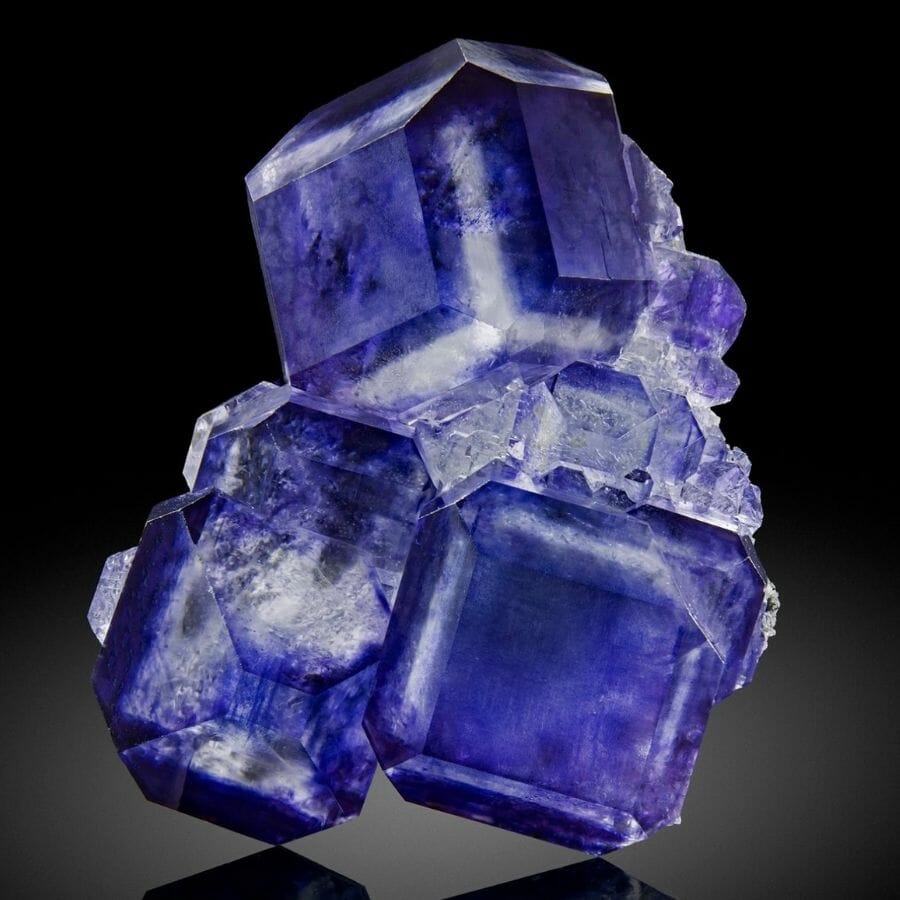
How market factors impact crystal prices
Market demand plays a crucial role in determining a crystal’s worth. As with any commodity, the value of crystals fluctuates based on the balance between supply and demand.
Popular and trendy crystals may command higher prices due to increased demand. On the other hand, crystals that are less in demand or face an oversupply may experience a drop in value.
An example of how the market changed the value of crystals
One example of supply and demand impacting crystal prices is the case of tanzanite. Initially, this gemstone was relatively unknown and inexpensive. However, as awareness and demand for tanzanite increased, its value soared.
Conversely, during the 1980s, amethyst experienced a sharp decline in price when large deposits were discovered in Brazil, flooding the market with an abundant supply.
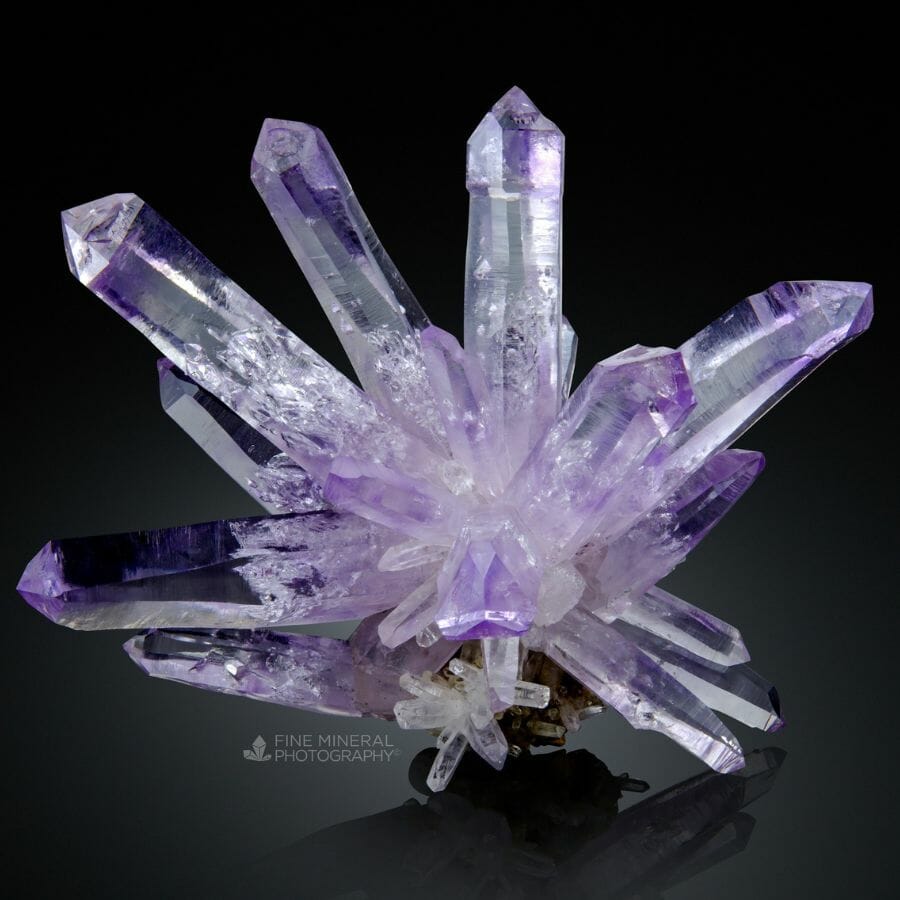
Appraisals for valuing crystals
A professional appraisal is a vital step in determining a crystal’s value. Appraisers have the expertise and knowledge necessary to accurately assess a crystal’s worth based on factors like rarity, quality, and market trends.
An appraisal also provides documentation of a crystal’s value, which can be useful for insurance purposes or when selling the piece.
How to select a reputable appraiser
When choosing an appraiser, it’s essential to select someone with experience and qualifications in the field of gemology and crystal appraisal. Look for appraisers who are members of professional organizations, such as the American Society of Appraisers or the Gemological Institute of America.
Additionally, seeking recommendations from trusted sources and reading online reviews can help you find a reputable appraiser.
Authentication and certification
Authentication is a crucial aspect of establishing a crystal’s value, especially for gemstones. Authenticating a crystal involves verifying its identity and characteristics, such as its origin, treatment history, and any enhancements.
Authentication can provide buyers and sellers with confidence in the crystal’s value and helps prevent fraud in the market.
The types of certification and their impact on crystal value
Various organizations and laboratories offer certification services for crystals and gemstones. These certifications provide an expert assessment of the crystal’s characteristics, such as its origin, treatment history, and quality factors. Examples of reputable certification organizations include the Gemological Institute of America (GIA), the American Gem Society (AGS), and the European Gemological Laboratory (EGL).
Obtaining certification from a reputable organization can enhance a crystal’s value by providing an independent and authoritative assessment of its characteristics.

